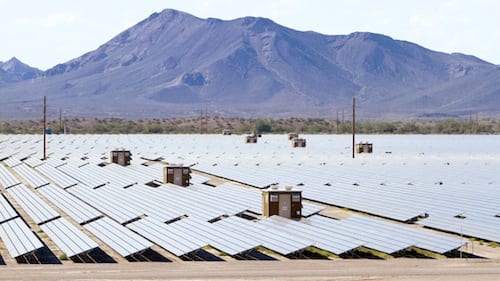Milestones
Solar energy continues to be the fastest growing energy source for US electricity, and now accounts for 2.2 per cent of the generation in the US, the largest electricity market in the western world.
Large scale solar production in April across the US totalled 4.8 million megawatt hours (MWh), a jump of 63 per cent over the same month a year ago, and with the combination of rooftop solar contributed 6.9 million MWh, or 2.2 per cent of the monthly total.
According to data from the US Energy Information Administration, in the four months to April, solar contributed 21 million MWh, giving it an overall share of slightly less than 2 per cent, but its share is expected to grow considerably over the summer months.
Wind energy was the next biggest mover, up 22 per cent in April and up 14 per cent over the first four months, enabling wind and solar to account for more than 10 per cent of total generation for the second month in a row.
For the first time since the beginning of the nuclear era – renewable energy sources (i.e., biomass, geothermal, hydropower, solar – inc. small-scale PV, wind) are now providing a greater share of the nation’s electrical generation than nuclear power.
“In light of their growth rates in recent years, it was inevitable that renewable sources would eventually overtake nuclear power,” said Ken Bossong, executive director of the SUN DAY Campaign. “The only real surprise is how soon that has happened — years before most analysts ever expected.”
Hydro-electric power also grew in Aril, by 14 per cent, but so too did coal generation – up 7 per cent and reclaiming its number one position over gas, which fell by 15 per cent.











